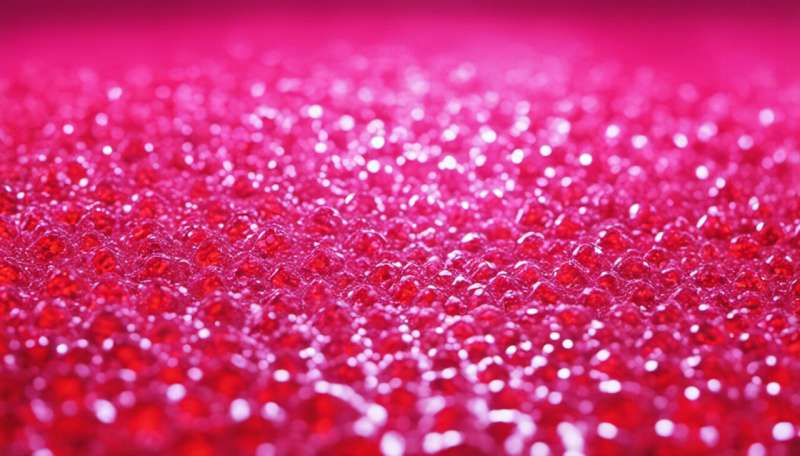3Qs: Energy drinks: What's in your can?

Over the last month, the U.S. Food and Drug Administration has confirmed it is investigating health reports citing energy drinks 5-hour Energy and Monster Energy as a possible factor in the deaths of 18 people since 2009 and the hospitalization of numerous others since 2004. But the potentially fatal danger of these beverages hasn't stopped consumers from purchasing them. According to Beverage Digest, sales of energy drinks in the U.S. hit a record high last year, growing an estimated 16 percent to $8.9 billion. Adam Woolley, assistant clinical professor of pharmacy practice in Bouvé College of Health Sciences, weighs in on the FDA report and explains why students should think twice about what they consume.
Energy drinks contain high levels of caffeine. What other active ingredients should consumers be aware of?
Caffeine can certainly exacerbate someone's heart problems by making the heart work harder than normal. It can also worsen anxiety; elevate blood pressure; and lead to dehydration, arrhythmias, seizures and mood changes. Energy drinks have various levels of caffeine depending on the brand and serving size. 5-hour Energy states that it "contains caffeine comparable to a cup of the leading premium coffee." For comparison, an 8-ounce cup of coffee may have between 100 and 200 milligrams of caffeine depending on how it is brewed, and a 12-ounce can of cola has around 50 milligrams of caffeine. Keep in mind that we may alsos ingest caffeine through other sources such as chocolates, candies and teas.
Energy drinks sometimes contain B vitamins, antioxidants, minerals, taurine, glucuronolactone, guarana, ginkgo biloba and ginseng. These agents could potentiate the effects of caffeine and often have their own side effects. They may also have significant interactions with prescription medications or pre-existing medical conditions. I think we will begin to see more attention focused on all the ingredients included in energy drinks.
It's also important to note that energy drinks are not a substitute for proper sleep and students should be aware of the potential dangers. If a student decides to use an energy drink, it should be consumed in moderation and not more than recommended by the manufacturer. Lastly, it's important to consider other sources of caffeine that could cause caffeine toxicity when used in combination with an energy drink.
Energy drinks are marketed as dietary supplements, and according to FDA regulations, supplement manufacturers are required to be responsible for products' safety. In light of this recent report, is it time for the FDA to reevaluate its regulation policy?
There are several factors that drive the FDA's complex regulation policy and I don't believe this one report will necessarily change that. However, I think the public will become more aware of how energy drinks are regulated and this knowledge may help to drive future changes. Current regulations allow for food additives to be treated differently than dietary supplements. The FDA evaluates food additives and deems them as safe for use, whereas nutritional supplements aren't evaluated by the FDA for safety or efficacy. The FDA takes action against a dietary supplement only when that product is shown to be unsafe in the market.
It is interesting that the FDA limits the amount of caffeine in a soft drink to 71 milligrams per 12 ounces because it is deemed to be a food additive, while there is no limit to the amount of the same ingredient that can be included in energy drinks marketed as dietary supplements. At the very least, manufacturers should be required to clearly indicate the amount of all ingredients used in a product.
What factors need to be considered before coming to the conclusion that these drinks played a role in the reported deaths and hospitalizations?
Caffeine affects each person differently and factors such as tolerance, electrolyte balance, body size and gender can play a role. Vitamin B3 is associated with flushing, which is one of the side effects described in several of the cases. It is unclear how the other ingredients may interact when used together at various dosages.
In evaluating these cases, the FDA will need to look at the patients' past medical history. Did any of the patients have heart issues, seizure disorders or conditions that may have put them at an increased risk? What other medications were they taking? Did the patients take more than the recommended dose of 5-hour Energy? How much caffeine and what other agents did they ingest? More information is needed to reach a conclusion.



















